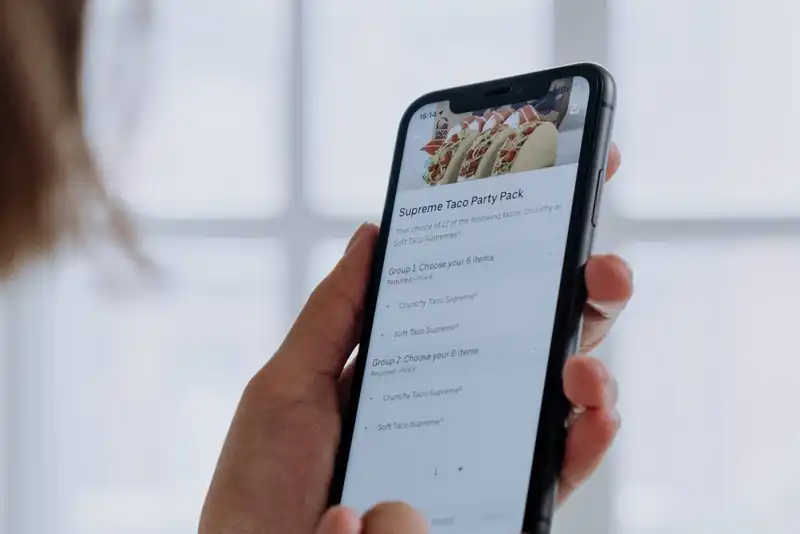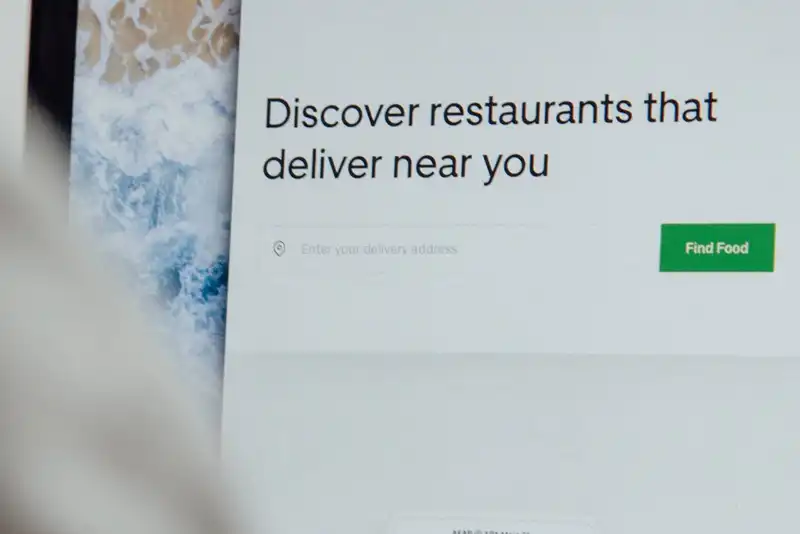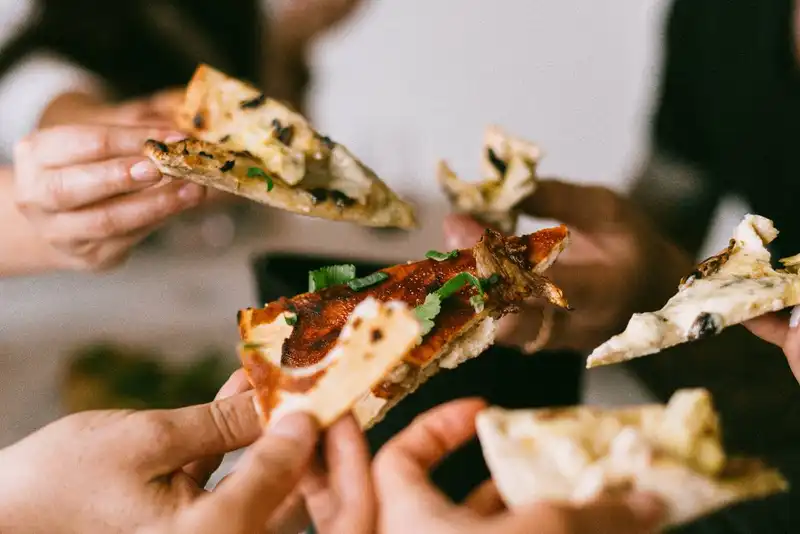9 Advantages to Restaurant Delivery Software
Introduction to Restaurant Delivery Software
Ordering takeout online and having food delivered straight to doors is an increasingly popular trend. According to statistics, 60% of diners in the United States order delivery or takeout once a week. It was also reported that traffic for digital ordering and delivery has increased 300% faster than dine-in since 2014. This rise in popularity can be attributed to how convenient restaurant delivery software and apps are.
For example, customers can order their menu items from the comfort of their home and avoid waiting in line. Additionally, food delivery provides a safer and more hygienic way of eating out, which is important in today's COVID-19 era. As the landscape of the industry digitalizes, eateries need to stay ahead and adopt new tools, like restaurant delivery software.
What is Restaurant Delivery Software?

Restaurant delivery software is a solution that streamlines online ordering and helps operators manage their food deliveries. This tool can be implemented for restaurants of all sizes, including fast-casual and full-service establishments. Some of the most common food delivery apps that restaurants will partner with include Uber Eats, DoorDash, and Grubhub. Eateries can also establish their delivery service through their website.
9 Reasons to Get Restaurant Delivery Software
Restaurant businesses can stay competitive and grow their reach exponentially by adopting delivery solutions. The following are 9 key advantages of using online ordering software and delivery tools.
1. Simplify the Online Ordering Process

Before online ordering, customers would have to call or go to the restaurant to place an order. Then, they would have to wait for the food to be prepared and hope that it is on its way for delivery. Now, with new software, guests can send their orders from their laptop or mobile device directly to the restaurant. This capability provides convenience for consumers that have busy lifestyles. It also minimizes miscommunication and mistakes because guests can review their order before sending it in.
Restaurant operators that have a delivery system on their website should include their menu on the ordering page. Guests can browse through the menu and see all that the eatery offers. This will limit any confusion and can help them make sure they are putting the right items into their cart.
2. Streamline Order and Customer Management
The delivery management software will track the entire ordering process, from when the order was placed to once it is dispatched. These tools are equipped with a GPS, which will help restaurant owners and customers see where the order is. It also has a notification feature that will alert staff about new orders. Customers can also receive emails or text messages about the progress of their food delivery.
The best ordering systems also have Customer Relationship Management (CRM) tools. This feature enables the software to collect key data, such as diners' orders, lifetime sales, and purchase history. With these insights, restaurants can improve their connection to their consumer base via marketing campaigns and adverts.
3. Track Expenses in Real-Time
Food delivery software will compile all data regarding cash flow, expenses, and revenue. For example, restaurant managers can track ingredient and preparation costs and analyze them against their menu prices. This will boost visibility into their profit margins and simplify the bookkeeping process.
4. Easy Promotion and Marketing

Having a website or page on a third-party delivery app will promote the restaurant's online presence. More potential guests will discover the brand, as they browse through the web or mobile app. This is a great and inexpensive alternative to marketing and will help the restaurant grow its consumer base. In turn, the eatery will boost its sales and generate more profit.
5. Optimize Data Collection
Restaurant delivery software systems can compile critical data about customers and their dining behavior. The software can also use these metrics and generate analytics and insightful reports. With this, restaurants can discover who their regular customers are and what they usually order. Managers can also identify popular menu items, preferred ordering channels, and profitable promotions. They can then strategize new ways to target their consumer base and increase revenue.
6. Enhance Convenience

A restaurant's delivery software is accessible on mobile phones, tablets, and other handheld gadgets. This means customers can send in their online orders remotely from anywhere and anytime. Online food ordering is a great advantage for those that are too busy or cannot wait on the phone line.
7. Gain a Strong Competitive Edge
As maintained by statistics, 60% of restaurant operators state that offering delivery led to incremental sales. Experts also say that annual average delivery sales may increase to $365 billion worldwide by 2030. Delivery services are only going to become more popular; therefore, restaurants need to adopt online ordering solutions now. Doing so will help the company gain a competitive advantage over other brands that are not delivering. It will also modernize the restaurant and help show consumers that the business is conforming to demand.
8. Maximize the Restaurant's Bottom Line
Research has shown that online orders are 20% larger on average. With bigger check sizes, restaurants will generate more profit. Eatery owners can further boost sales by having up-selling prompts on their online ordering page. For instance, they can promote meal bundles and highlight profitable items to attract customers.
9. Expand Consumer Bases

With online delivery services, restaurants will not have to worry about their seating capacity. This means the establishment will not need to turn away customers due to their location or limit. They can also extend their reach to more guests from nearby areas.
Key Takeaways to Restaurant Delivery Software
- Restaurant delivery software is a solution that streamlines online ordering and delivery management.
- Online ordering and delivery services are quickly becoming a popular way to buy food from restaurants. To stay competitive in the industry and meet customer demands, operators should adopt delivery software.
- A restaurant or small business can set up their delivery systems on their website or partner with a third-party food delivery app.
- Having restaurant delivery software will unlock many advantages for customers and owners, such as convenience and simplified order management.


